The Science Behind AA Alkaline Batteries and Their Environmental Impact
In the quest for sustainable energy solutions, AA alkaline batteries have emerged as a popular choice among consumers and industries alike. Understanding the science behind these batteries is crucial not only for making informed purchasing decisions but also for assessing their environmental impact. Dr. Sarah Williams, a leading expert in battery technology, aptly states, "The efficiency of AA alkaline batteries is a double-edged sword; while they power our devices effectively, we must also consider their lifecycle and ecological footprint."
As disposable products that power everything from remote controls to toys, AA alkaline batteries are often taken for granted. However, their production and disposal processes can pose significant environmental challenges. By delving into the scientific principles that govern their operation, we can appreciate both the benefits they provide and the potential risks they present. This article aims to explore how AA alkaline batteries function, their benefits over other energy sources, and the critical considerations for reducing their environmental impact. Through insights from experts like Dr. Williams, we hope to shed light on the path toward a more sustainable future in the battery industry.
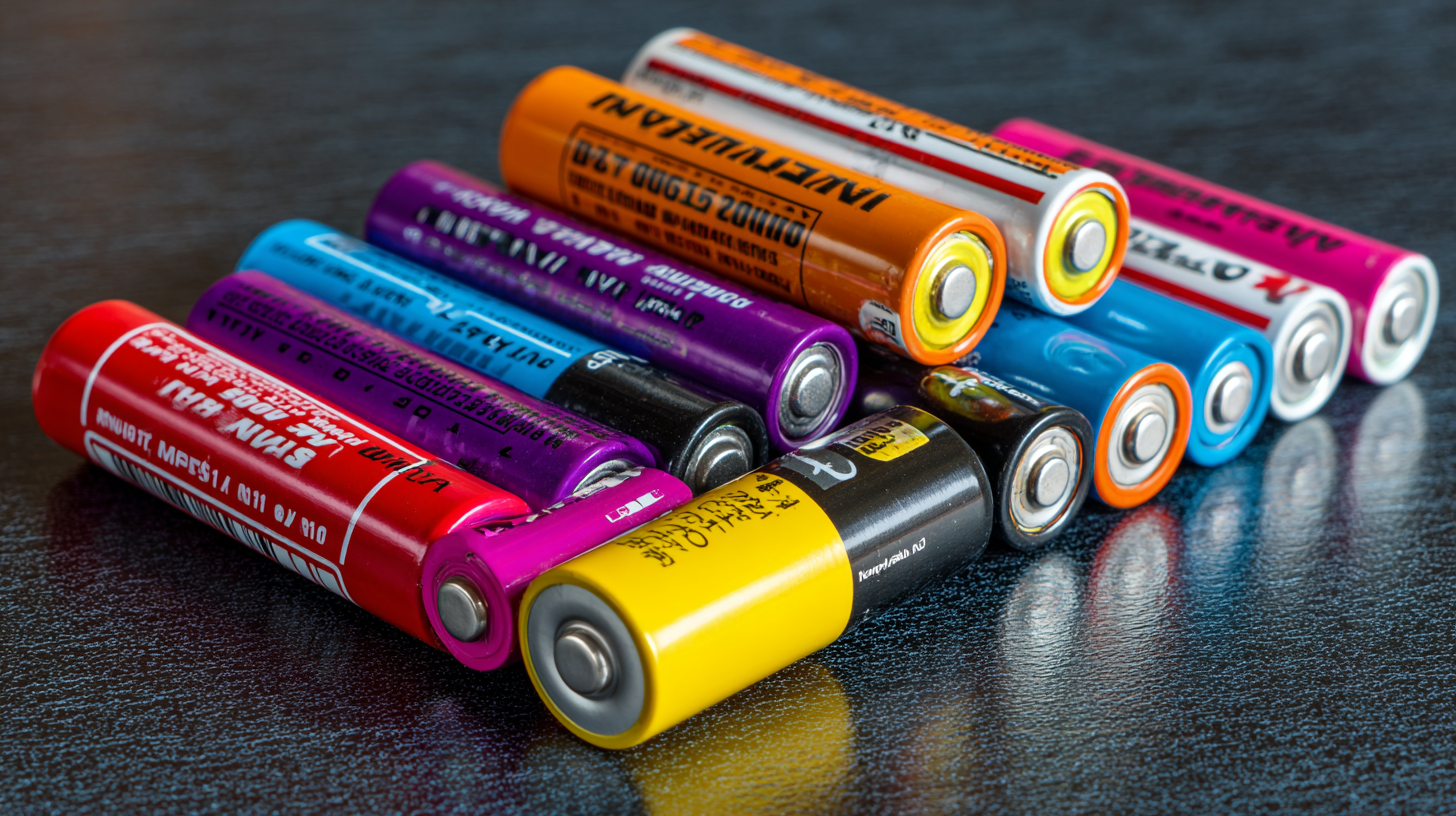
The Chemistry of AA Alkaline Batteries Explained
AA alkaline batteries are a staple in many households, known for their versatility and long shelf life. The chemistry behind these batteries involves a reaction between zinc and manganese dioxide, which serves as the positive and negative electrodes, respectively. When the battery discharges, a chemical reaction occurs, releasing electrical energy that powers our devices. This process is facilitated by an alkaline electrolyte, typically potassium hydroxide, which enhances the movement of ions between the electrodes, allowing for a more efficient reaction compared to older battery technologies.
When using AA alkaline batteries, it's important to keep environmental concerns in mind. The improper disposal of these batteries can lead to the release of hazardous metals into the environment. To minimize this impact, always recycle your used batteries. Many retailers and local municipalities offer designated recycling programs that ensure the safe handling of battery waste. Additionally, consider choosing rechargeable options when possible, as they significantly reduce the number of batteries that end up in landfills.
Tip: Store your AA alkaline batteries in a cool, dry place to extend their shelf life and ensure optimal performance when you're ready to use them. Also, check expiration dates regularly and replace old batteries to keep your devices running efficiently.
The Science Behind AA Alkaline Batteries and Their Environmental Impact
| Property | Details |
|---|---|
| Chemical Composition | Manganese Dioxide (MnO2), Zinc (Zn), Potassium Hydroxide (KOH) |
| Voltage | 1.5 Volts |
| Typical Capacity | 1800 - 2500 mAh |
| Temperature Range | -20°C to 54°C (-4°F to 129°F) |
| Average Lifespan | 3 to 5 years (unopened) |
| Environmental Impact | Can contribute to heavy metal pollution if not disposed of correctly. |
| Recyclability | Recyclable through battery recycling programs. |
| Disposal Advice | Should not be disposed of in regular trash; utilize hazardous waste collection. |
Key Components of AA Alkaline Batteries and Their Functionality
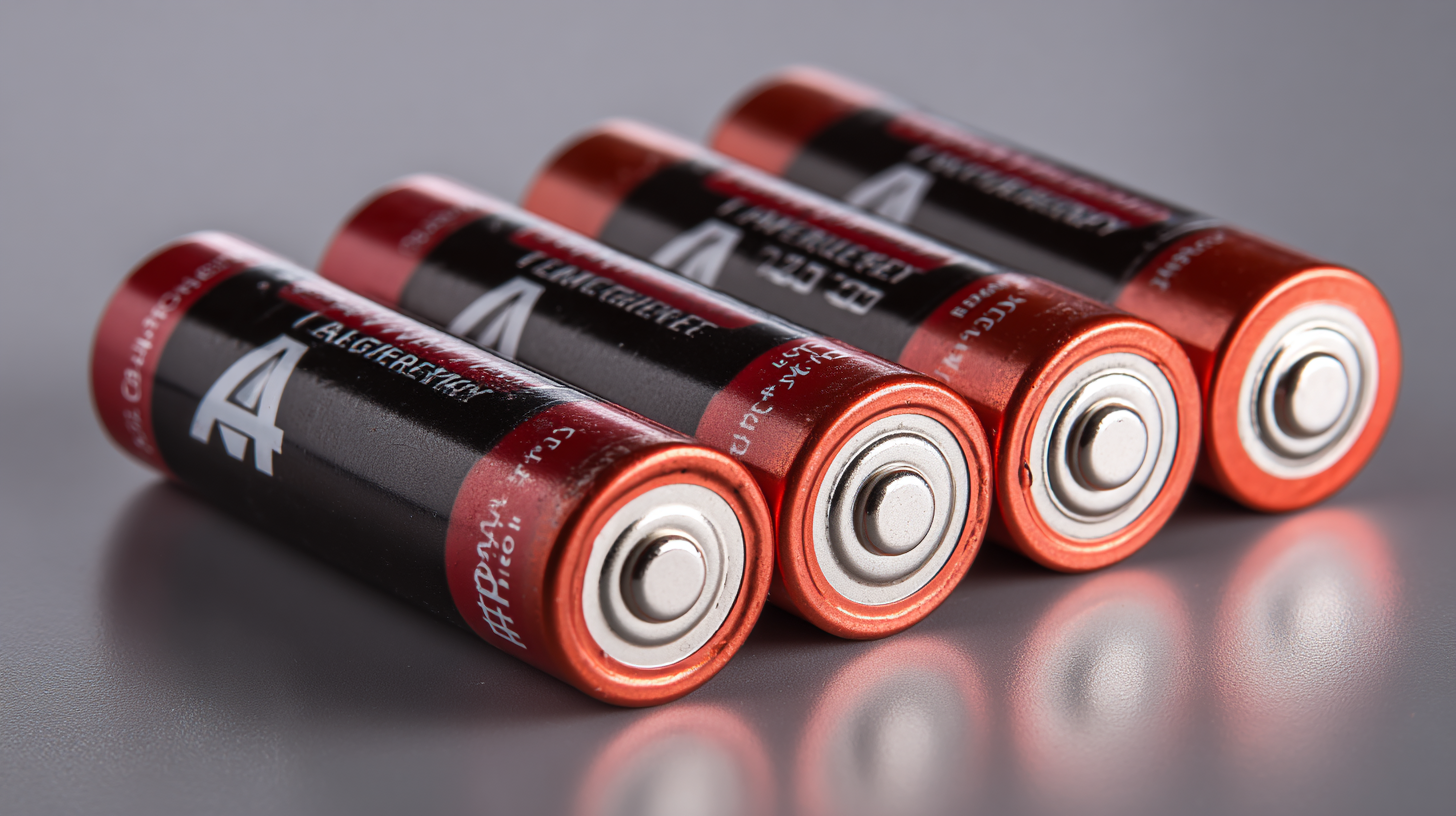 AA alkaline batteries are widely used in numerous household devices, offering reliable performance due to their key components. These batteries typically consist of an anode, cathode, and electrolyte. The anode is usually made of zinc, which serves as the negative terminal. The cathode is often composed of manganese dioxide, providing the positive terminal. The electrolyte, usually a potassium hydroxide solution, facilitates the movement of ions between the anode and the cathode during discharge, allowing the battery to release energy efficiently.
AA alkaline batteries are widely used in numerous household devices, offering reliable performance due to their key components. These batteries typically consist of an anode, cathode, and electrolyte. The anode is usually made of zinc, which serves as the negative terminal. The cathode is often composed of manganese dioxide, providing the positive terminal. The electrolyte, usually a potassium hydroxide solution, facilitates the movement of ions between the anode and the cathode during discharge, allowing the battery to release energy efficiently.
When considering the environmental impact, it's crucial to be aware of the lifecycle of alkaline batteries. Although they are generally less harmful than other battery types, improper disposal can still contribute to pollution. Recycling programs are increasingly available, allowing consumers to return used batteries for proper handling. Implementing more environmentally friendly practices can help mitigate their ecological footprint.
Tips: Always look for local battery recycling programs to ensure proper disposal. Additionally, consider investing in rechargeable battery alternatives which can significantly reduce household waste and environmental impact. Lastly, keep batteries stored in a cool, dry place to enhance their lifespan and maintain performance.
Environmental Effects of AA Alkaline Battery Production and Disposal
The production and disposal of AA alkaline batteries pose significant environmental challenges. According to a report by the Battery Council International, around 3 billion batteries are sold annually in the United States alone, leading to substantial waste and pollution concerns. The manufacturing process involves the extraction and processing of raw materials like zinc and manganese, which can contribute to soil degradation and water pollution if not managed properly. Notably, producing one ton of alkaline batteries generates approximately 1.5 tons of hazardous waste, highlighting the pressing need for more sustainable practices in this industry.
Furthermore, disposal practices of used alkaline batteries often amplify their environmental impact. Although they are generally considered safe for landfill disposal, improper disposal can lead to the leaching of toxic materials into the ecosystem. The Environmental Protection Agency (EPA) estimates that about 180,000 tons of alkaline batteries are disposed of each year in the U.S. With proper recycling, many of these components can be recovered and reused, significantly reducing the environmental footprint. However, as per a report from Call2Recycle, only about 5% of consumer batteries are currently recycled, underscoring the need for increased public awareness and improved collection programs to mitigate the negative impacts of battery waste.
The Environmental Impact of AA Alkaline Batteries
This chart illustrates the environmental impacts of AA alkaline battery production and disposal, including carbon emissions, water usage, waste generated, and recyclability. These metrics are key factors in assessing the environmental footprint of these batteries.
Sustainable Alternatives to Traditional AA Alkaline Batteries
As the demand for portable power sources grows, the environmental impact of traditional AA alkaline batteries has come under scrutiny. While these batteries are widely used due to their convenience and affordability, they contribute to significant waste and pollution. A sustainable alternative gaining traction is the use of rechargeable lithium-ion batteries. Unlike their alkaline counterparts, lithium-ion batteries can be recharged hundreds of times, thereby reducing the overall number of batteries that end up in landfills.
Another promising alternative is the development of biobatteries, which utilize organic materials and can decompose naturally. These innovative batteries not only minimize environmental harm but also offer potential for enhanced performance and lower manufacturing costs. Additionally, companies are exploring the use of solar-powered devices and battery recycling programs, promoting a circular economy that mitigates the detrimental effects of traditional battery disposal. By investing in these sustainable alternatives, consumers can contribute to a greener future while still meeting their power needs.
The Future of Battery Technology: Trends Towards Eco-Friendly Solutions
As society becomes increasingly aware of environmental issues, the future of battery technology is shifting toward eco-friendly solutions. Innovations in materials and manufacturing processes are at the forefront of this transition. Researchers are exploring bio-based materials and other sustainable resources for battery production to diminish reliance on non-renewable elements. These advancements aim not only to reduce pollution but also to create batteries that are easier to recycle, thereby lessening their environmental footprint.

Additionally, newer battery technologies are being developed to enhance energy efficiency and longevity. For instance, advances in lithium-sulfur and solid-state batteries hold great promise in improving performance while utilizing less harmful components. As these technologies mature, they are expected to replace conventional batteries, such as AA alkaline batteries, thereby contributing to a greener future. The collective movement towards more sustainable battery solutions is crucial for addressing the environmental impact of energy storage and ensuring a cleaner, more sustainable world for future generations.
Related Posts
-
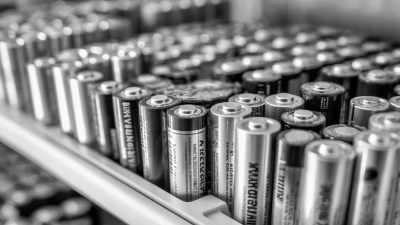
Ultimate Guide to Understanding AA Batteries Performance Ratings and Lifespan
-

How to Choose the Best Rechargeable Hearing Aids for Your Unique Hearing Needs
-

Common Issues Faced by Global Buyers When Sourcing Procell AA Batteries
-
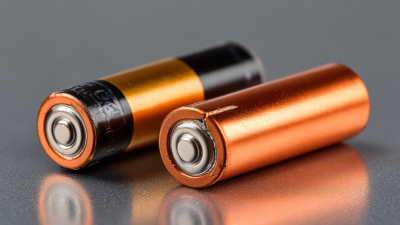
Navigating Import Export Certifications for the Best Hearing Aid Batteries Market
-
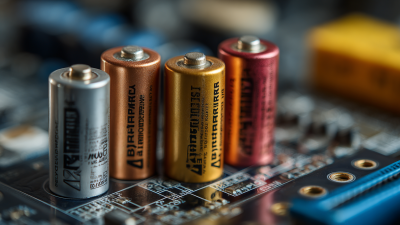
How to Effectively Choose the Right AA Battery Replacement for Optimal Performance
-

How to Choose the Right Double A Batteries for Your Everyday Needs
